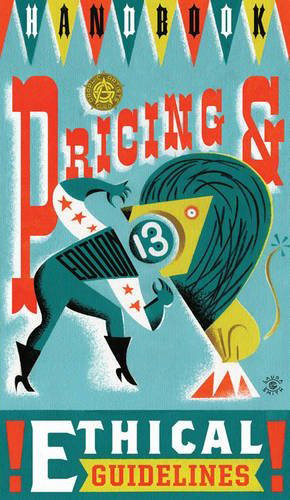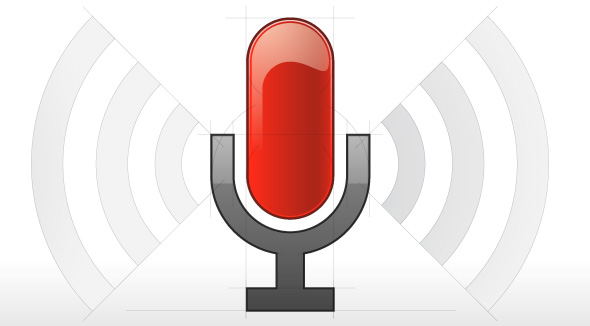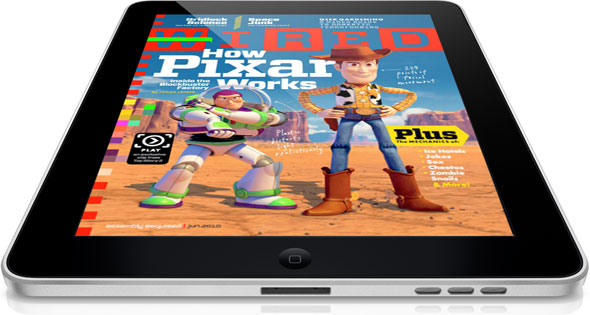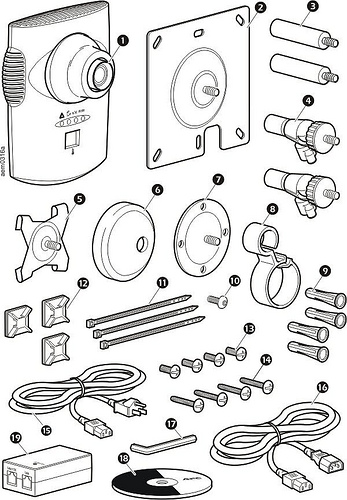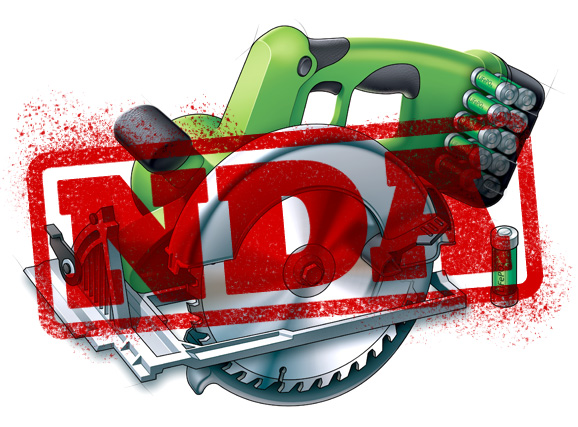The 13th edition of The Graphic Artist’s Guild Handbook of Pricing and Ethical Guidelines is now available [Amazon]. The 2010 edition includes an updated pricing survey, legal information and sample forms & contracts. As in previous versions, there is a section dedicated to standard trade practices and rates for technical illustration.
If this book isn’t on your shelf now is a great time to get it. If your copy, like mine, is out of date it might be time to update.
